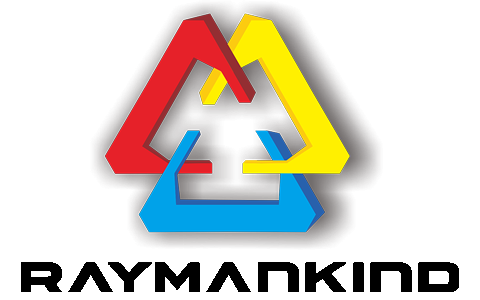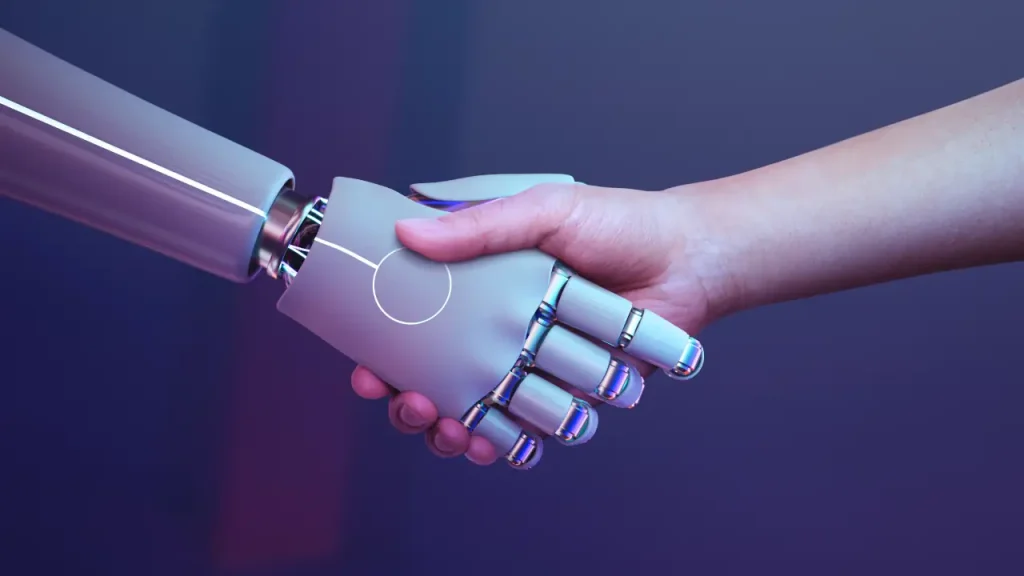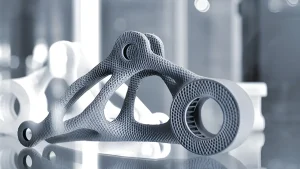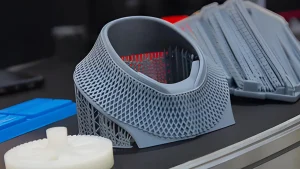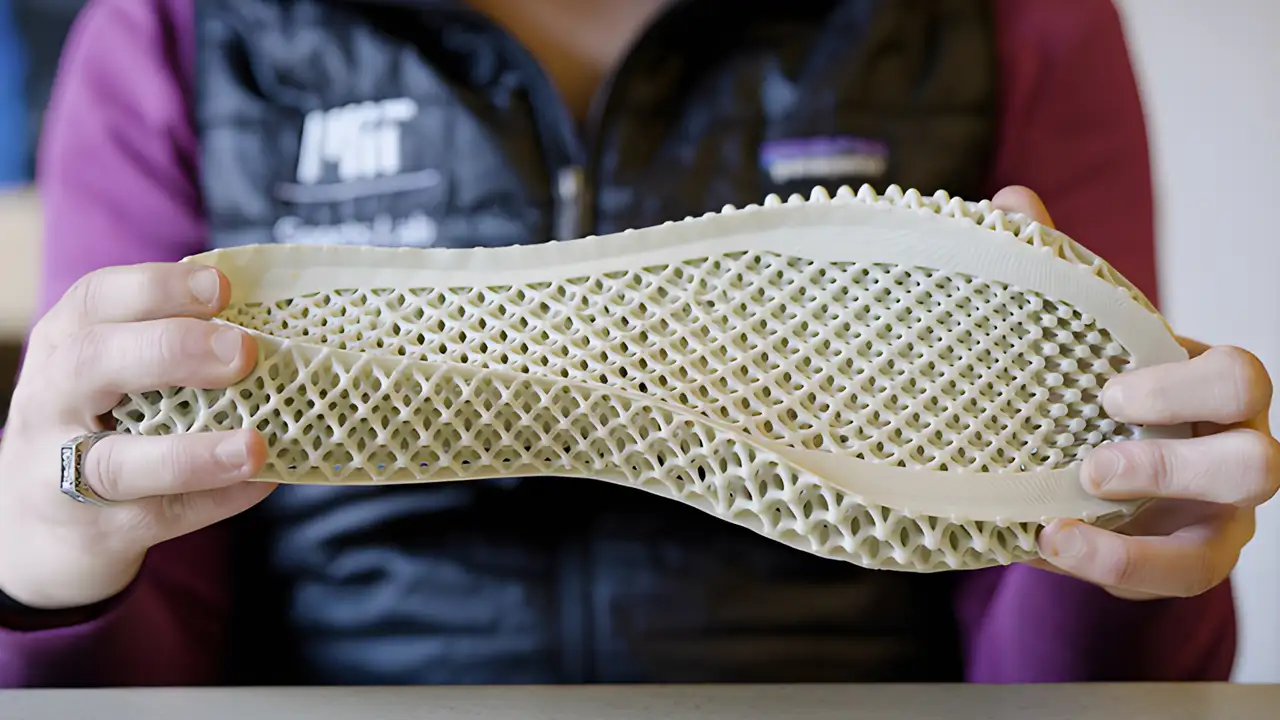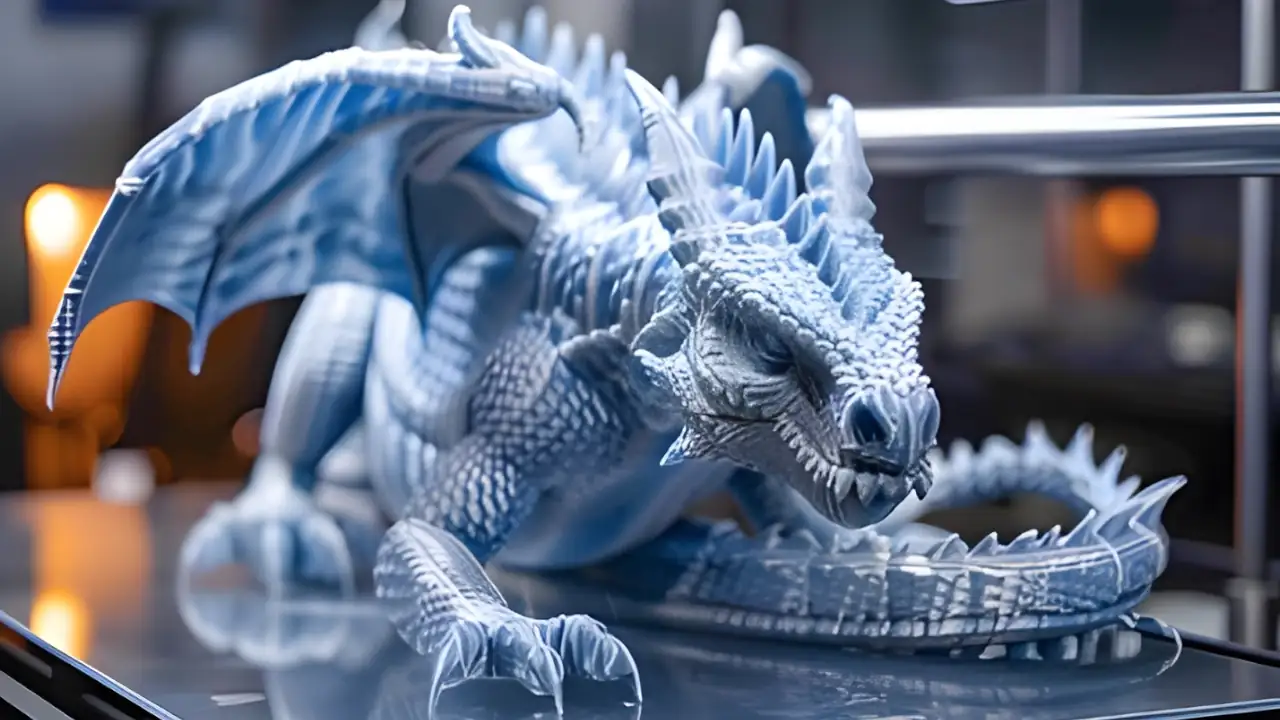It’s no longer news that artificial intelligence (AI) is revolutionizing the entire manufacturing landscape. When it comes to 3D printing, it’s no exception. By leveraging AI technologies, companies can optimize processes, improve design resources, and enhance material efficiency. As industries increasingly incorporate AI into their operations, the potential for innovative and efficient production methods continues to grow.
Improving Design Efficiency with AI
How does this work? AI improves design efficiency through generative design algorithms. These algorithms can create complex geometries that are not only innovative but also functional, allowing for designs that traditional methods cannot achieve.
Additionally, AI can facilitate rapid prototyping by predicting the best design variations based on performance criteria, enabling faster iterations and reducing time-to-market. In other words, evaluating a range of different scenarios occurs in seconds when we use AI to assist us in our creations.
Improving Material Efficiency?
One of the most significant advantages of AI in 3D printing is its ability to optimize material selection. AI systems can analyze the properties of various materials, selecting the most suitable options for specific applications, which improves product durability and performance.
Furthermore, AI can optimize printing parameters to minimize waste during production, contributing to more sustainable practices.
Technical Challenges of AI Integration?
Despite its benefits, integrating AI into existing 3D printing systems presents several technical challenges:
? Compatibility issues: Many current 3D printing systems may not be equipped with the necessary hardware or software to effectively incorporate AI technologies.
? Data management: Implementing AI successfully depends on large datasets for training models. However, collecting, processing, and analyzing these data presents significant challenges, particularly ensuring data quality and relevance.
? Skill gaps: There is a critical need for qualified personnel to fill the gap between traditional manufacturing processes and emerging AI technologies.
Workflow Integration
Integrating AI into existing workflows can be disruptive, requiring companies to reevaluate their processes. This disruption may lead to resistance from operators accustomed to traditional methods.
To mitigate these challenges, it is essential to ensure seamless communication between AI systems and current 3D printing software, facilitating compatibility and functionality.
Future Trends and Opportunities
Looking to the future, advances in AI and 3D printing technology promise to further accelerate processes. Innovations may lead to more user-friendly interfaces and automated workflows, making it easier for operators to adopt AI solutions. Collaboration between AI experts and 3D printing professionals will be crucial to driving innovation and addressing ongoing challenges.
As the role of AI in 3D printing continues to evolve, addressing integration challenges is essential to fully leveraging its benefits.
While adopting AI technologies brings significant challenges for those who adopt them in their companies, pioneers can improve their design, material efficiency, and creativity, paving the way for a more innovative and sustainable manufacturing future.
